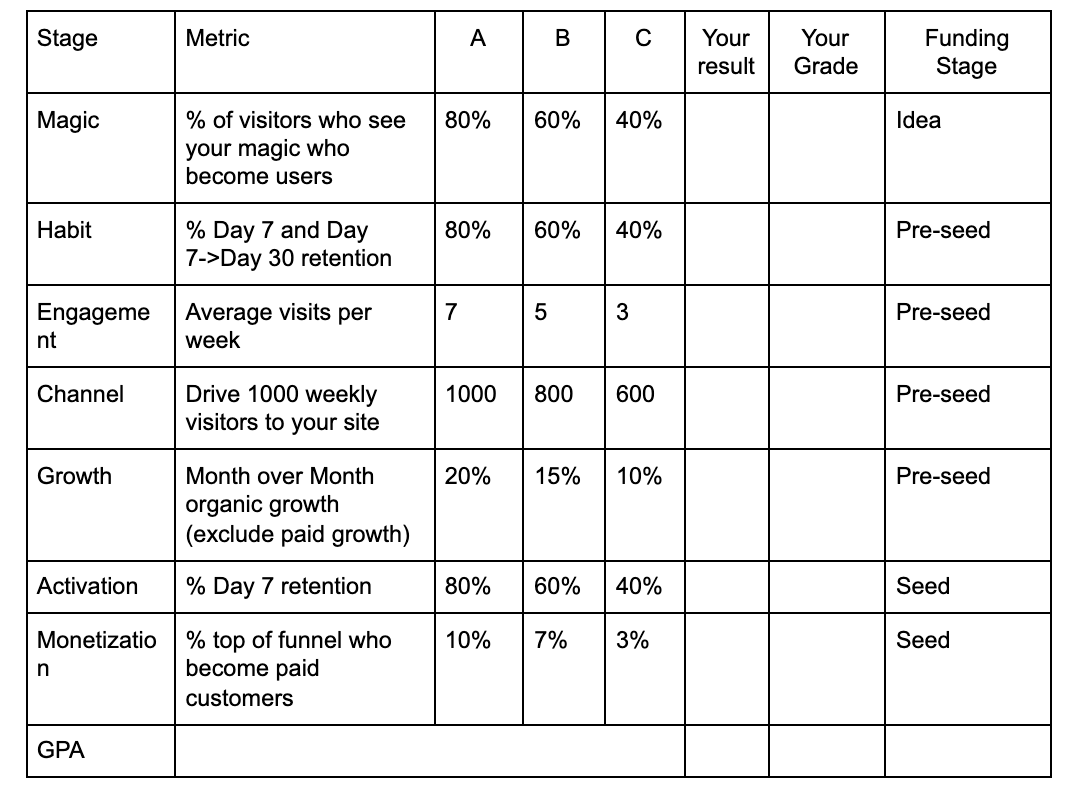
The market is frothy.
You have FOMO about raising money because everyone is doing it.
What should you do?
My thoughts below:
You have FOMO about raising money because everyone is doing it.
What should you do?
My thoughts below:
There are three things you should think about.
1 - do you already have the main investor for your stage? (more below)
2 - do you need the money?
3 - are other investors coming at you inbound?
1 - do you already have the main investor for your stage? (more below)
2 - do you need the money?
3 - are other investors coming at you inbound?
First, figure out if you have the main investor for your stage.
If you don't have your main investor, you need one so go find her.
If you need the money, go raise!
https://twitter.com/jwdanner/status/1446822778494078976?s=20
If you don't have your main investor, you need one so go find her.
If you need the money, go raise!
If you don't need the cash, already have your main investor, and don't have any inbound investor pings, don't raise now. You are far better off using your time to build more and raise at a higher value.
This brings us to the interesting case. You have a main investor, you don't need the money, but you are getting a lot of inbound interest. If you are in that situation, read on.
Investors can bring two different values to a company— cash and help.
If you have already taken care of help by finding a solid main investor for your stage (seed or venture), all you need is cash to grow.
If you have already taken care of help by finding a solid main investor for your stage (seed or venture), all you need is cash to grow.
My opinion is that you should get cash with the least amount of work, so you can stay focused on the business.
Two big changes to fundraising in the last few years have a significant implication on what founders do for cash.
Two big changes to fundraising in the last few years have a significant implication on what founders do for cash.
First, there is 10–100x more capital in the market.
Second, although SAFE notes began for seed investing, they are now also an extremely easy way to take new cash at any point.
So what is a founder to do?
Second, although SAFE notes began for seed investing, they are now also an extremely easy way to take new cash at any point.
So what is a founder to do?
What I hear a lot of investors tell founders is — ‘Stay focused. Raise a priced round when it’s time to raise a round, run a process, don’t do one-offs.’
I think this advice is often wrong.
I think this advice is often wrong.
As any SaaS founder can tell you, the easiest sale is an inbound inquiry. The buyer has strong intent, has researched you, and is ready to buy. The same is true in modern fundraising.
The most valuable asset to a founder is time. Historically, fundraising after seed stage was done in priced rounds, and when the process of raising was happening, the founder/CEO spends almost all of her time raising it.
That is extremely disruptive to the business, and results in yet more preferred preferences stacked on your current ones.
My advice is to always keep your door open. If an investor is credible, give them thirty minutes.
My advice is to always keep your door open. If an investor is credible, give them thirty minutes.
If the amount they want to invest is meaningful (extends your runway 12 months) or the investor has a brand or connections that may be useful, take the money.
Be very consistent on your process. First, share the latest KPIs and financials and do up to one hour more of Q&A, but state that you are not willing to do any formal due diligence. If they want to do more, they can wait until you run the process for the next priced round.
Second, do these inbound financings on SAFE notes at 20% discount to next round and no cap.
From the investor standpoint, for companies doing well, waiting until the next priced round to participate is risky, because modern lead investors have an enormous amount of cash and want to buy every share for themselves. So a good chunk of your inbound interest should convert.
Companies like Lambda, Outschool, and GetSetup have executed this strategy very well in many transactions.
I call this approach Continuous Inbound Fundraising.
I call this approach Continuous Inbound Fundraising.
What does this mean for you, the founder? First, you are going to do fewer priced rounds and accumulate fewer preferred share preferences.
Second, you are going to be diluted less if you use that SAFE cash to grow the business before the next priced round. This form of SAFE is a bet by new investors that you are going to continue your momentum and is basically a 0 cost loan to make it happen.
Third, the best time to raise is when the business has momentum and investors are knocking on your door. Continuous fundraising allows you to capitalize on momentum without getting distracted and to spend less time fundraising overall.
I hope you found this helpful. If you did please follow me, @jwdanner, and please retweet this to help other founders.
This thread is loosely based on this blog post if you haven't gotten enough :) johnwdanner.medium.com/continuous-inb…
• • •
Missing some Tweet in this thread? You can try to
force a refresh




